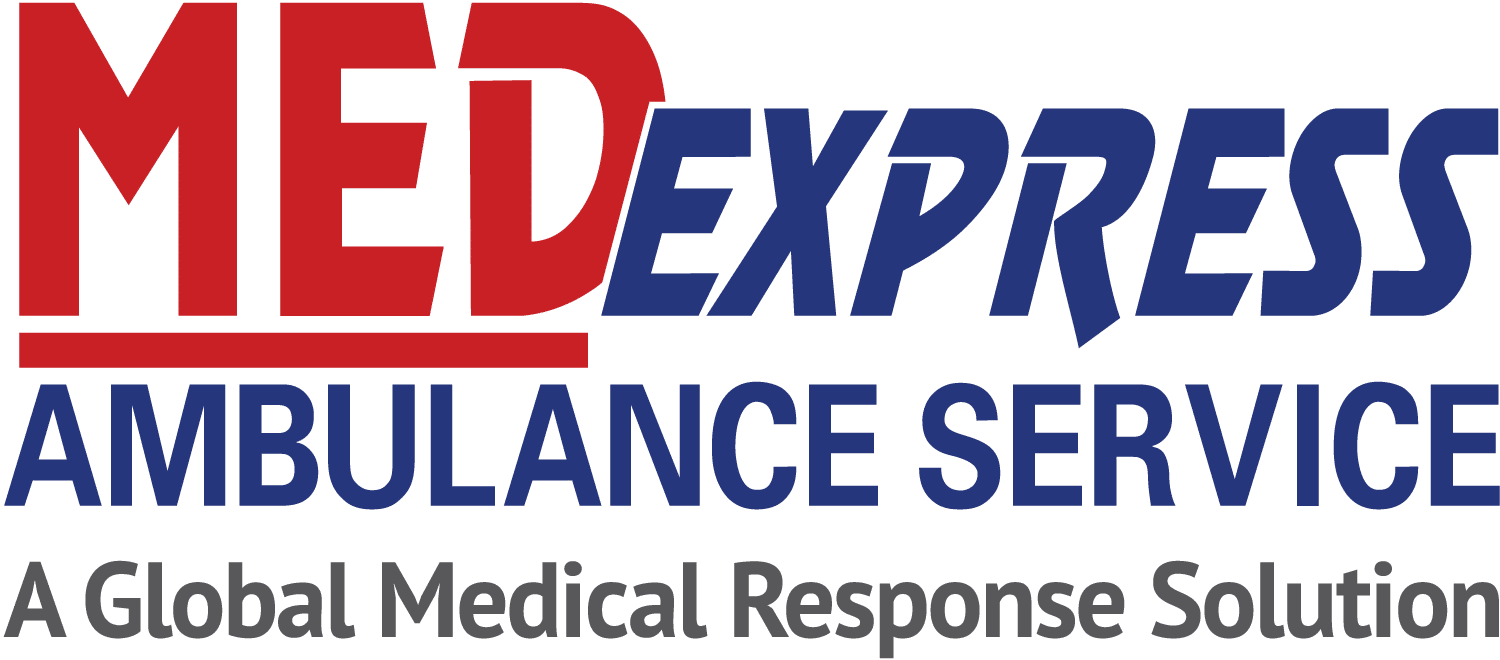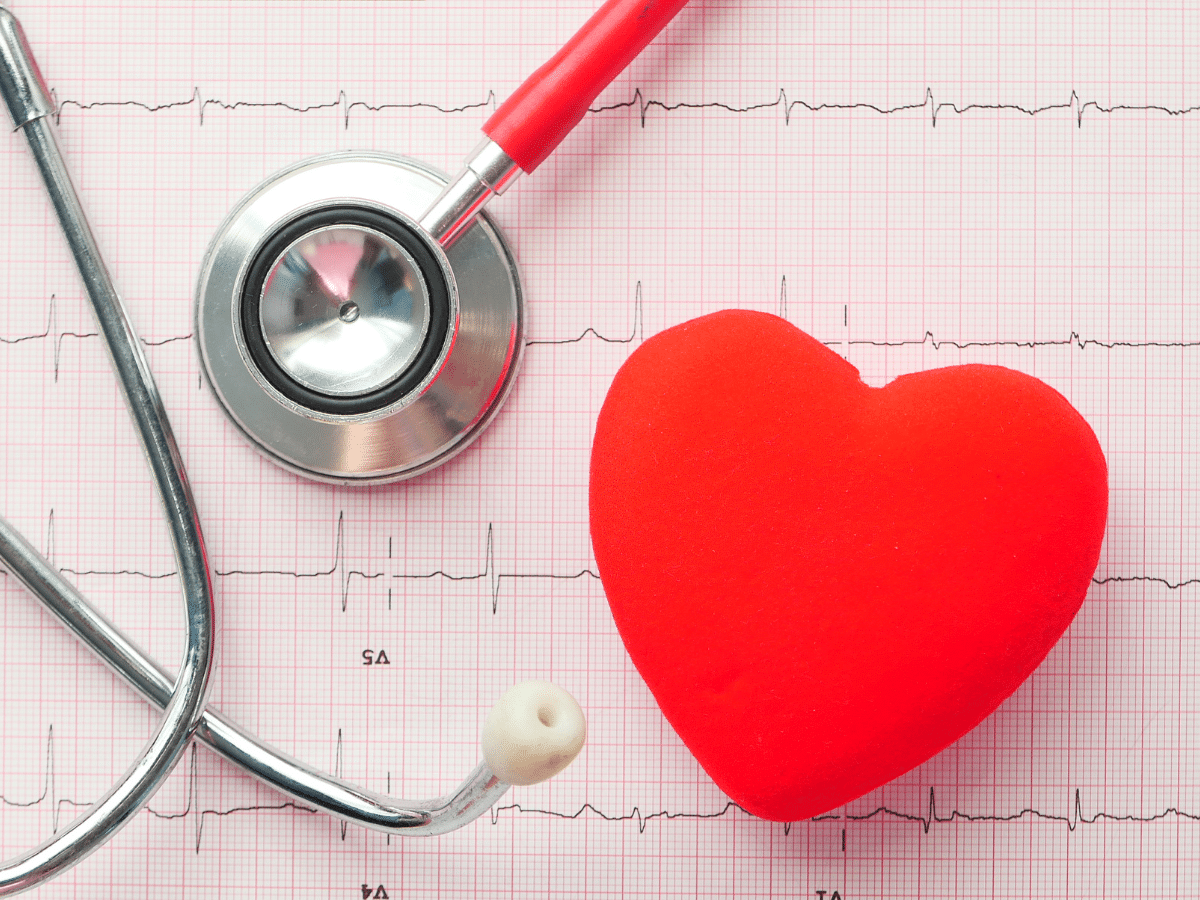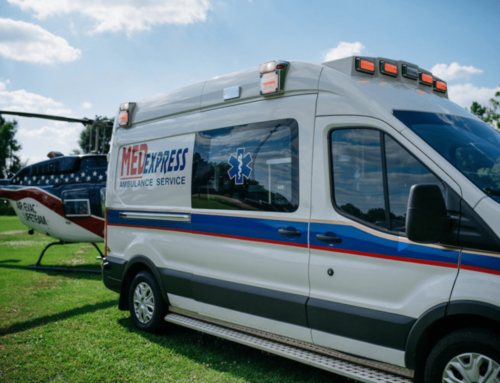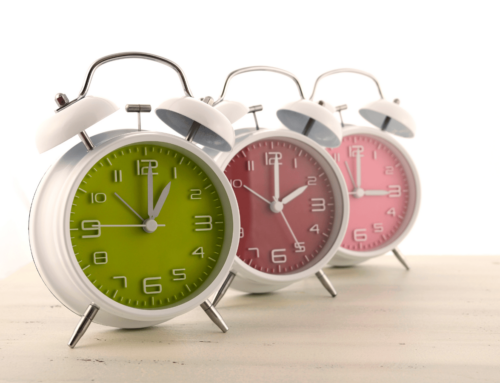YOUR RESPONSE CAN IMPROVE THEIR OUTCOME
As we begin American Heart Month on February 1st, it’s important to note that every 40 seconds, someone in the United States suffers from a heart attack. That’s more than 700,000 Americans each year – more than the population of Denver, Nashville, or Boston! The most important thing that you can do when someone is having a heart attack is act quickly! Call 911 and start first aid treatment for a heart attack as soon as possible. Don’t wait for symptoms to go away before beginning chest compressions. The only wrong thing that you can do in this situation is to do nothing.
HEART ATTACK or CARDIAC ARREST?
These two terms are often used interchangeably, but they actually refer to two different medical situations. We are more likely to encounter someone having a heart attack than experiencing cardiac arrest, but knowing the difference and warning signs can have a huge impact on their outcome.
- Heart Attack occurs when the heart is not getting enough oxygen because blood flow to the heart is blocked. The person may still be walking and talking during this event, and in some cases may not even know they are having a heart attack, since the heart does not stop beating, but they will experience chest pain and shortness of breath.
- Cardiac Arrest occurs when the heart stops beating entirely, which then stops blood flow to the brain and other vital organs. As we just saw during a recent MNF game, Damar Hamlin experienced loss of consciousness that accompanies cardiac arrest. Chest compressions can force blood through the body until medical professionals can arrive at the scene.
SIGNS AND SYMPTOMS
While chest pain is the most common sign of a heart attack, in some cases it can be overlooked as indigestion or heartburn, so being able to recognize what’s happening are critical in both short-term and long-term outlooks.
- Chest pain, pressure and/or tightness
- Chest pain that spreads to shoulder, neck or jaw, or radiates down both arms
- Pressure in the lower chest, abdomen, back, or between shoulder blades
- Nausea or dizziness
- Difficulty breathing or unusual fatigue
- Women may experience total exhaustion or flu-like stomach pain
HOW TO HELP
As mentioned earlier, call 911 immediately. Stay calm and remain with the patient until medical help arrives. By administering emergency treatment, heart attack victims can have a more positive outcome.
- ASPIRIN and NITROGLYCERIN: Chewing aspirin can slow or stop an artery-clogging clot and if the patient has a history of heart problems, they will likely have heart medicine prescriptions on hand.
- BEGIN CPR: If the patient loses consciousness, the Emergency dispatcher may advise you to begin chest compressions – keep the beat by singing the Bee Gees Stayin’ Alive (and if you don’t know this classic – add it to your Spotify playlist as soon as possible)
- USE AN AED: If the heart attack occurs in a public place, there is likely an AED on the premises. If the victim loses consciousness and this is available, follow the instructions on the device.
HOW DO PARAMEDICS TREAT A HEART ATTACK?
Once the ambulance and paramedics have arrived, step away and give them room to work. They’ll conduct their assessment and begin life saving interventions. In preparation for transport, paramedics may use non-invasive ventilation techniques, or it may be necessary to perform endotracheal intubation to establish an airway for the patient. Transportation by ambulance to a local hospital should not be delayed.
By minimizing the time on scene, MedExpress provides rapid response to emergencies across central Louisiana. Conducting critical life-saving measures and transportation to the appropriate medical facilities, every minute matters during a heart attack or cardiac arrest. Just as important as the care they receive by paramedics and other medical professionals, your response in these situations can have a great impact on their short and long term outcomes. In addition to ambulance services and response, MedExpress provides local certification for CPR and other life-saving tools for bystanders.





